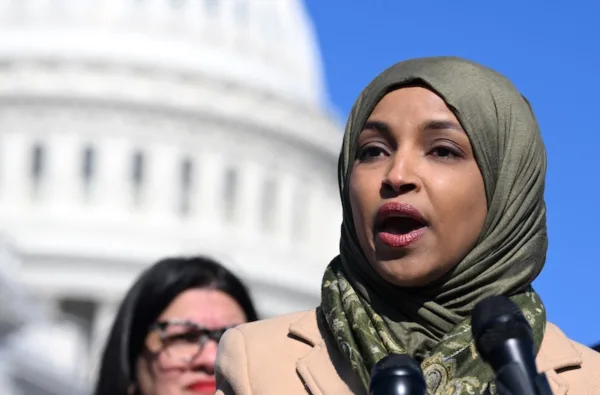COVID-19 and the dawning of the US-China struggle

Since the unfolding of the coronavirus crisis, there has been an increasing number of questions about the future of Sino-U.S. relations. The two countries’ relations were already going through a rough patch for a variety of reasons. In the meantime, territorial disputes between China and U.S. allies in the region have reached an alarming level of tension in the last few years. Disputes between several countries over the maritime borders of the South China Sea and sovereignty over the Spratly Islands between Japan and China in regard to the Senkaku Island have been the most prominent of these geopolitical challenges. The “trade dispute” between two countries has already been widely acknowledged as having developed into a “trade war.” Despite the signing of a deal in mid-January, there is still a lot of bad blood in regard to the future of relations.
However, with the coming of the coronavirus crisis, we have seen a totally new issue having been raised that affects the future of Sino-U.S. affairs. As of now, there are still too many unknowns about what could have been the potential trajectory of the coronavirus – however, we can be sure that things will be at least slightly altered between China and the U.S. in the coming period.
First of all, it is important to remember that the coronavirus crisis is not over and looks likely to continue to haunt us for the foreseeable future – at least until a potential vaccine is developed. If the crisis continues throughout the summer and makes a dangerous comeback in the fall, there will be plenty of time to ask, “What went wrong?” So far, the U.S. administration has responded to this question with two different narratives. President Donald Trump, who praised China’s handling of this crisis in tweets in January, seems to have had a change of heart. Although never having sought to cut ties with China, President Trump and those within his inner circle have always been skeptical about China’s role in dealing with this crisis. In March, President Trump started to refer to the virus as “the China Virus,” defending his decision as simply a result of where the illness originated.
However, following a phone call with Xi Jinping, he changed his line of thinking on this and went back to referring to it as the coronavirus. However, it is obvious that he has still not been satisfied with other explanations, going on to target the World Health Organization (WHO) for allegedly misinforming the U.S. about the extent of the pandemic. According to President Trump, the WHO had become an instrument of the Chinese government and thus misinformed the international community about the outbreak.
The U.S. administration suspended all funding for the WHO on the basis of its mishandling of the coronavirus crisis, with Trump blaming the WHO for acting like China’s “public relations agency.” However, soon after, information started to leak to the press from U.S. intelligence regarding the origin of the virus.
According to one of these reports, China was apparently misinforming the world about the extent of the outbreak while stockpiling necessary medical supplies. Beijing started to restrict the export of some of the critical medical equipment during the initial period. Trading figures regarding these products demonstrate that U.S. “imports of surgical gowns declined by 71%, surgical face masks by 48%, medical ventilators by 45% and intubation kits by 56%.”
Another report prepared for Western intelligence agencies again contended that the Chinese government had hidden facts about the coronavirus outbreak very early on, suppressing information and stopping doctors from speaking out about the outbreak. According to this report, the government of China also destroyed a certain amount of evidence and refused to provide samples for scientists around the world – thereby delaying work on a potential cure.
These claims grew yet more controversial when President Trump stated in his now-regular coronavirus crisis news conferences that he saw evidence about the origin of the outbreak. He said with a high degree of confidence that he can say the virus is originated in a lab in China. Furthermore, he openly stated that he did not believe information given to the WHO by China. In the meantime, China has struck back at these allegations and its responsibility for the virus. This week, following statements by U.S. Secretary of State Mike Pompeo, the tone in Chinese media started to escalate. This governmental level of tensions will likely spill over into public opinion soon enough.
As the economic and human costs of the pandemic increases, we may see an escalation of this tension between two major economic superpowers. This escalation may lead to an increasing degree of nationalism in both countries, vying against one another with allegations. While most of the outstanding issues between the two countries have never directly affected the public of either, the coronavirus crisis is something that directly touches on the health and economic wellbeing of all citizens. This direct impact will definitely make a major impact on the image, standing and threat perception of two countries against each other at the public level. If the virus makes a comeback in the fall, especially, we may see more extreme measures adopted by the two countries against each other.
In the power struggle between these two countries, we may see the introduction of a totally new era – that of confrontation based on pandemics.
This article was first published by Daily Sabah on May 5, 2020.













